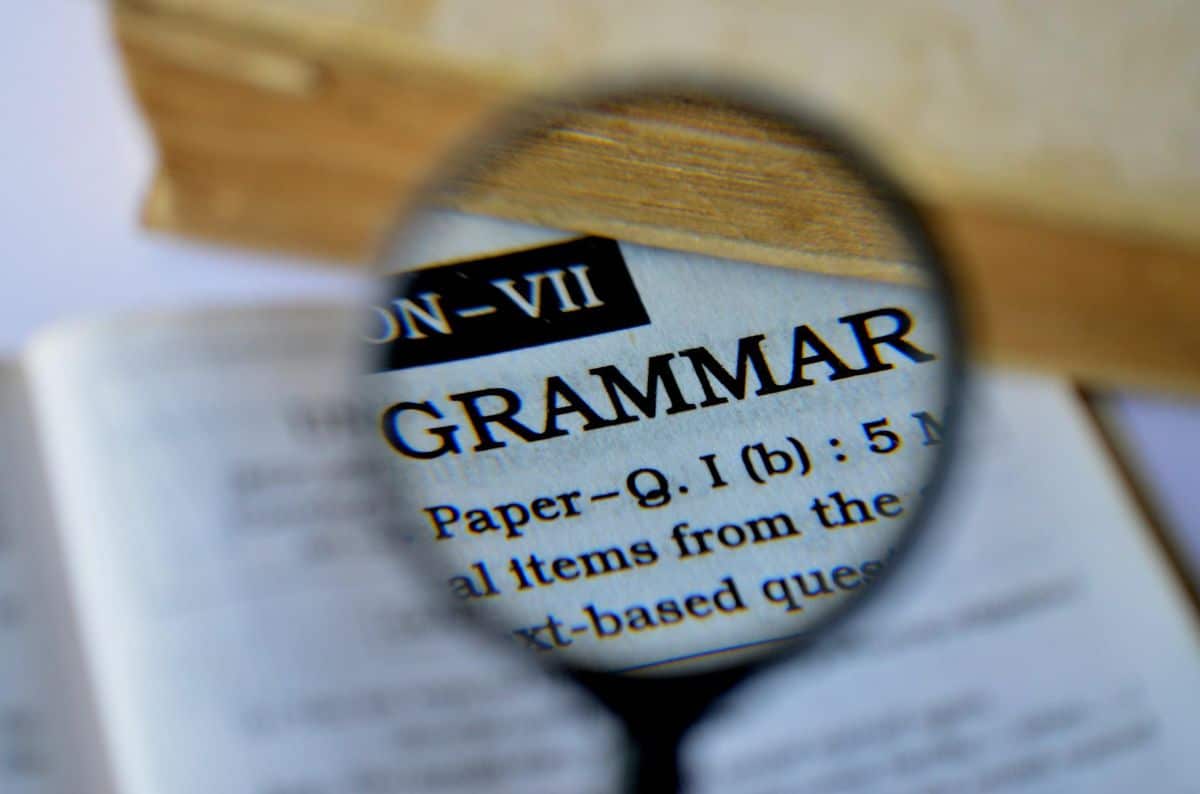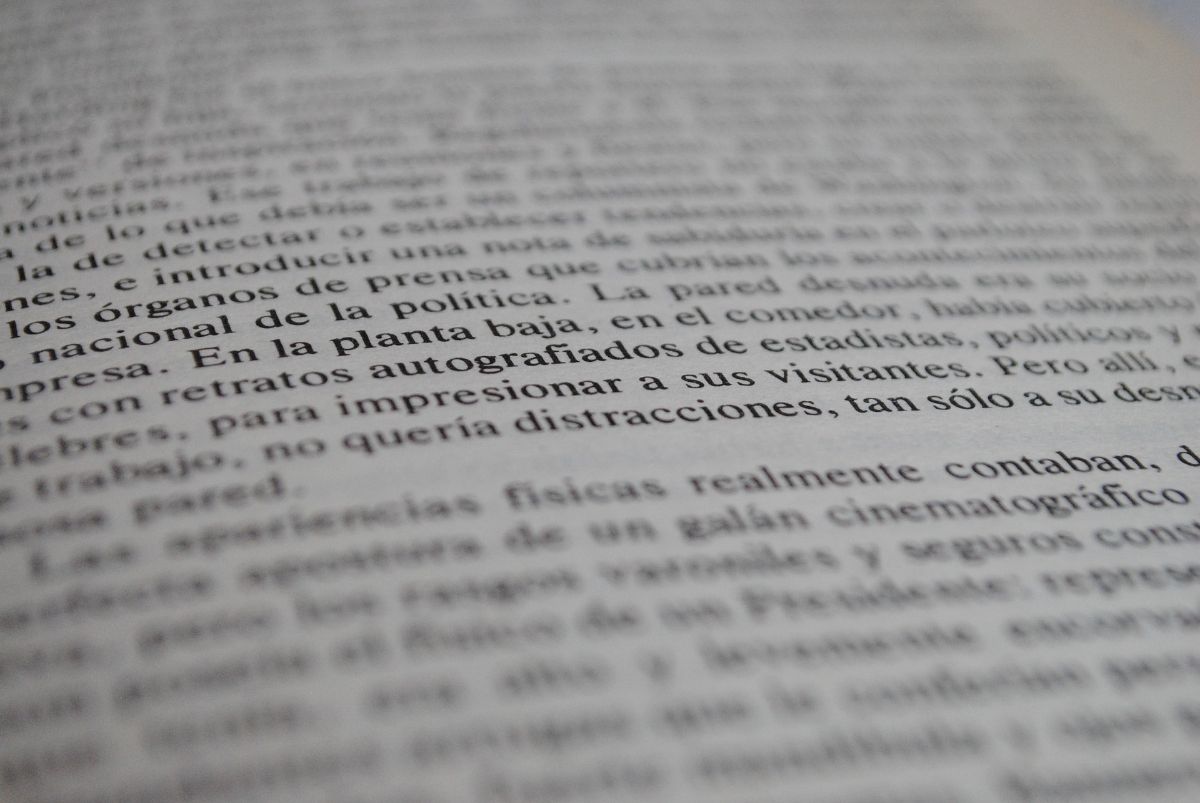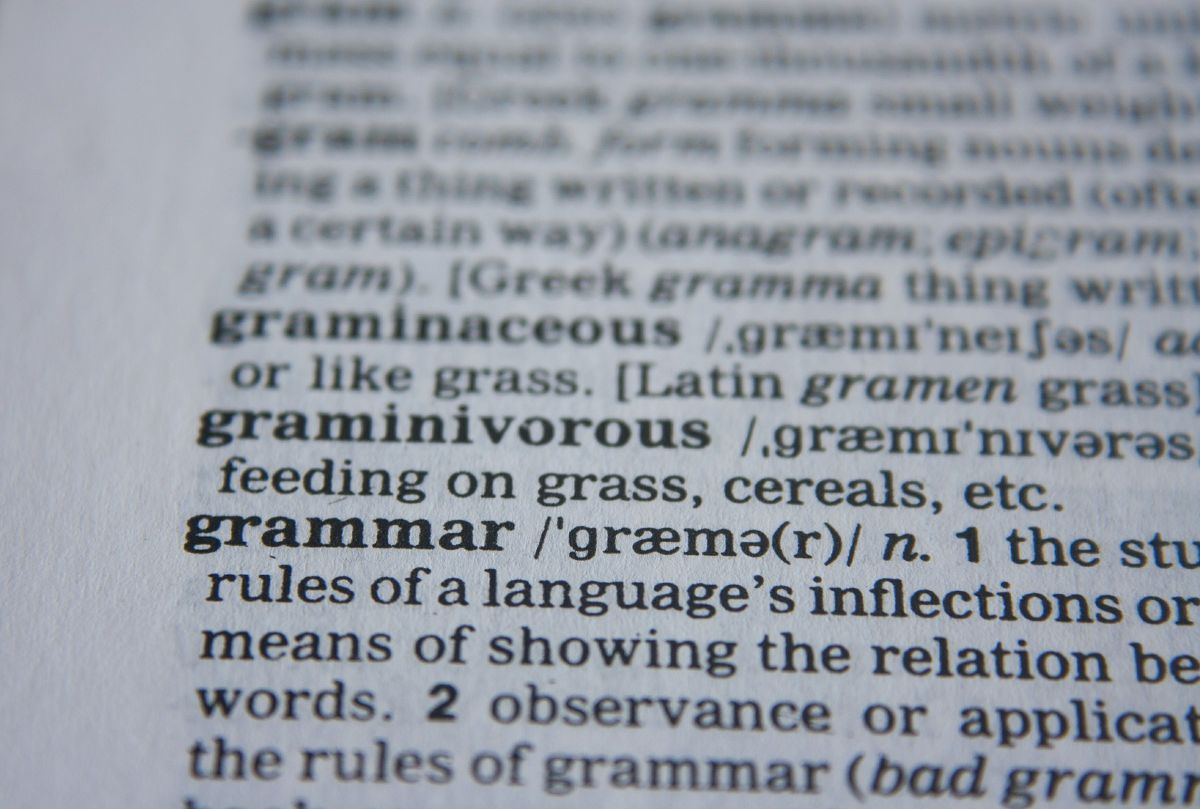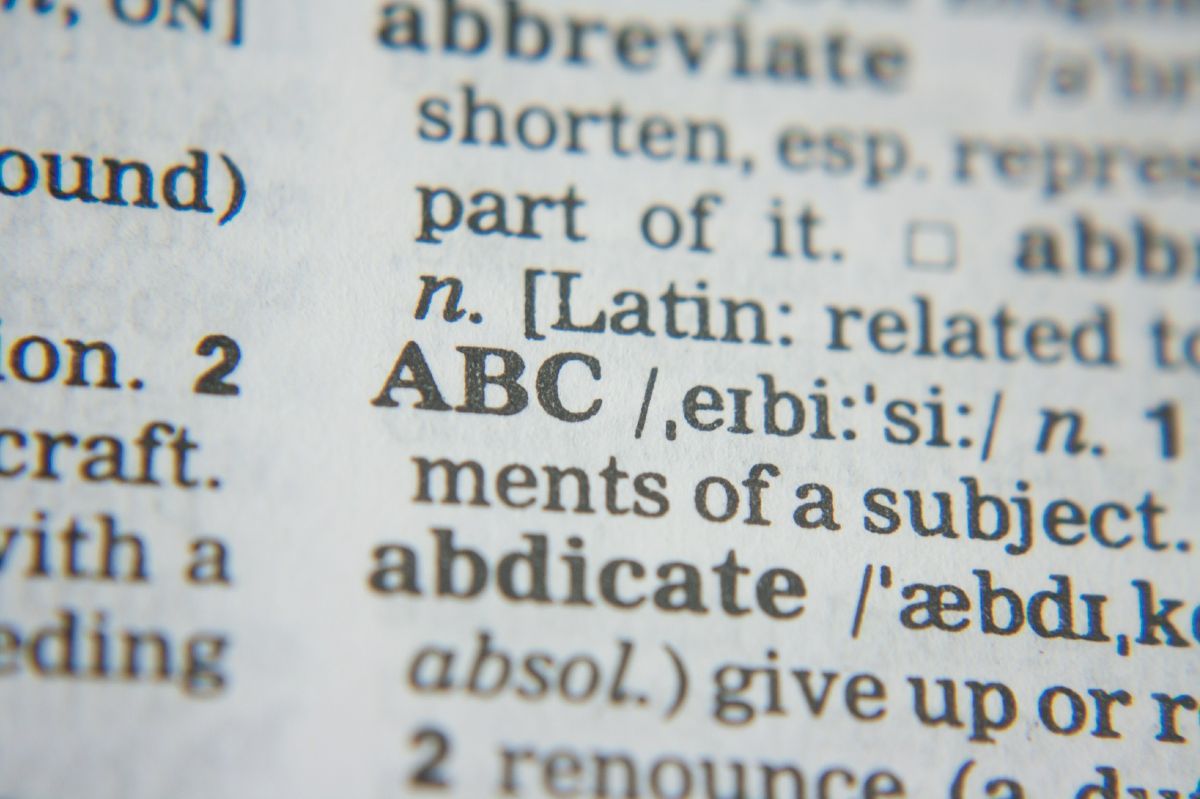
Inside the world of language and literature there is a lot of knowledge to be taken into account, not only to write novels, but in general for any communicative aspect. Such is the case of what grammatical categories are, have you ever heard of them?
We are going to focus on these categories, classes or types of words that we have in our language and that, all of them, are grouped into different groups. But what are they?
What are grammatical categories

As we have just told you, grammatical categories also can be known as word classes or types of word types. Actually, it tries to classify each and every one of the words that form a language. But if we had such a large group it would be practically impossible to know them all. So they are divided by classes.
And it is that the grammatical categories are formed by 9 groups: name, verb, adjective, pronoun, determiner, adverb, preposition, interjection and conjunction.
Does it sound more to you?
Grammatical categories, what each group includes

As we want it to be clear to you what grammatical categories are, we are going to talk about each and every one of the nine that exist below.
Name
As well it is called a noun and, as the RAE describes it, this would be:
"Class of words whose elements have gender and number, form noun phrases with various syntactic functions and designate entities of a different nature."
In other words, is a word that can identify beings animate, inanimate, real, abstract, people…
This implies that it is a large group, which is why it is divided into small subgroups that are:
- Own names: are those that designate specific and realistic persons or entities. For example, Maria, Juan, Madrid, Italy, etc.
- Common: are those that are used in general to designate a common thing. For example, a tree is a common noun because we do not specify what kind of tree it is.
- Countable nouns: those that can be counted (table, chair, glass…).
- countless. Those that we could not count no matter how much we wanted: wind, air, water, oxygen...
- concrete names: are those that refer to things that we can touch or see (book, cupcake, water...).
- Abstract: they are to refer to things that cannot be seen or touched: knowledge, wisdom, stress...
- individual names: they are the ones that only serve one entity (wolf, sofa, rose, goat…).
- Collectives: those that designate a group of that entity: pack, herd, rosebush, flock...
- animated names: refer to names that designate living beings.
- inanimate: those given to lifeless things (plate, chair, shelf...).
The verb
The verb, according to the RAE would be:
"Class of words whose elements can have variation of person, number, tense, mood and aspect."
In other words, is what tells us when the action to which it refers takes place, if it is finished, it is happening or will happen at some point.
The verb has three conjugations:
- Ended in -AR, which are the first conjugation (sing, dance, note…).
- Ended in -ER, which correspond to the second conjugation (eat, drink, turn on...).
- And ending in -IR, the third conjugation (to live, to laugh, to write…).
In turn, verbs have three types of modes, indicative, subjunctive and imperative, and two times, simple and compound, which, in turn, are divided into many more.
Depending on their morphology, verbs can be regular, if they maintain the structure in all tenses; or irregular (if they change).
Adjective
Using the RAE, the adjective is defined as:
«Class of words whose elements modify a noun or are predicated of it, and denote qualities, properties and relationships of a diverse nature.»
That is to say, are the words that will add qualities to the name, because you can say what that noun is like, how it feels or even where it is from or what it is like physically.
We could classify adjectives into:
- Positive. When it is something that is not intensified or compared to anything.
- Comparative: when they are compared.
- Superlative: when the highest degree is conferred on the quality it denotes.
Pronoun
The pronouns they become substitutes for the name. However, they are normally limited to proper names, since if it is done with the common ones, in many cases the phrase would lose meaning.
Pronouns can be:
- Personal: Me, you, him, us, you and them.
- Demonstrative: to indicate how close it is to us (this, that, that…)
- Undefined: when they refer to something but without specifying more.
- Interrogatives: exclamatives would also be in this group and are used to ask questions or exclamations.
- Relatives: to relate a previous element.
Determinant
As for the determiner, this allows us to understand the reality in which that sentence is carried out. It is a way of identifying references that help make the context more realistic.
These are divided into two groups:
- defined, when they specify a name. In turn, they are divided into:
- Determined (the).
- demonstrative (they are like the adjectives we have seen)
- Possessives (mine yours their…).
- Quantifiers. Which refer to quantity or a specific number:
- Undefined: one, one, some, none, little…
- cardinal numerals.
- Comparatives.
Note that the determiners all, both, and each, as well as their variants, can be both definite and quantifying.
Adverb

According to the RAE, the adverb is one:
"Class of words whose elements are invariable and stressed, are generally endowed with lexical meaning and modify the meaning of various categories, mainly of a verb, an adjective, a sentence or a word of the same class".
We talk about words that help us by providing more information, such as the quantity, place, time, manner... or even if there is affirmation, negation or doubt in certain parts of a text or sentence.
In fact, adverbs are classified based on what we have discussed.
Preposition
The prepositions They are words that serve as a link between words or sentences.. These are a closed group and there is no more.
They are: A, before, under, fits, with, against, from, during, in, between, towards, until, through, for, by, according to, without, if, after, versus and via.
Interjection
We talk about words don't really have a meaning but used to express a state or emotion like surprise, silence, etc.
There are many, but some of the most used are: Ah!, ha, aha!, eh!, hey!, bah!, come on!,…
Conjunction
Finally, we have the conjunction, which are a group of words that relate to groups of words, sentences or words without more.
As with prepositions, they are also a closed group, only they are divided into two subgroups:
- coordinators, that unite elements: and, and, neither, or, u, but and but.
- subordinates, that unite elements but one of them is dependent on the other: if, because, although, like, so, then.
Is it clear to you what grammatical categories are?